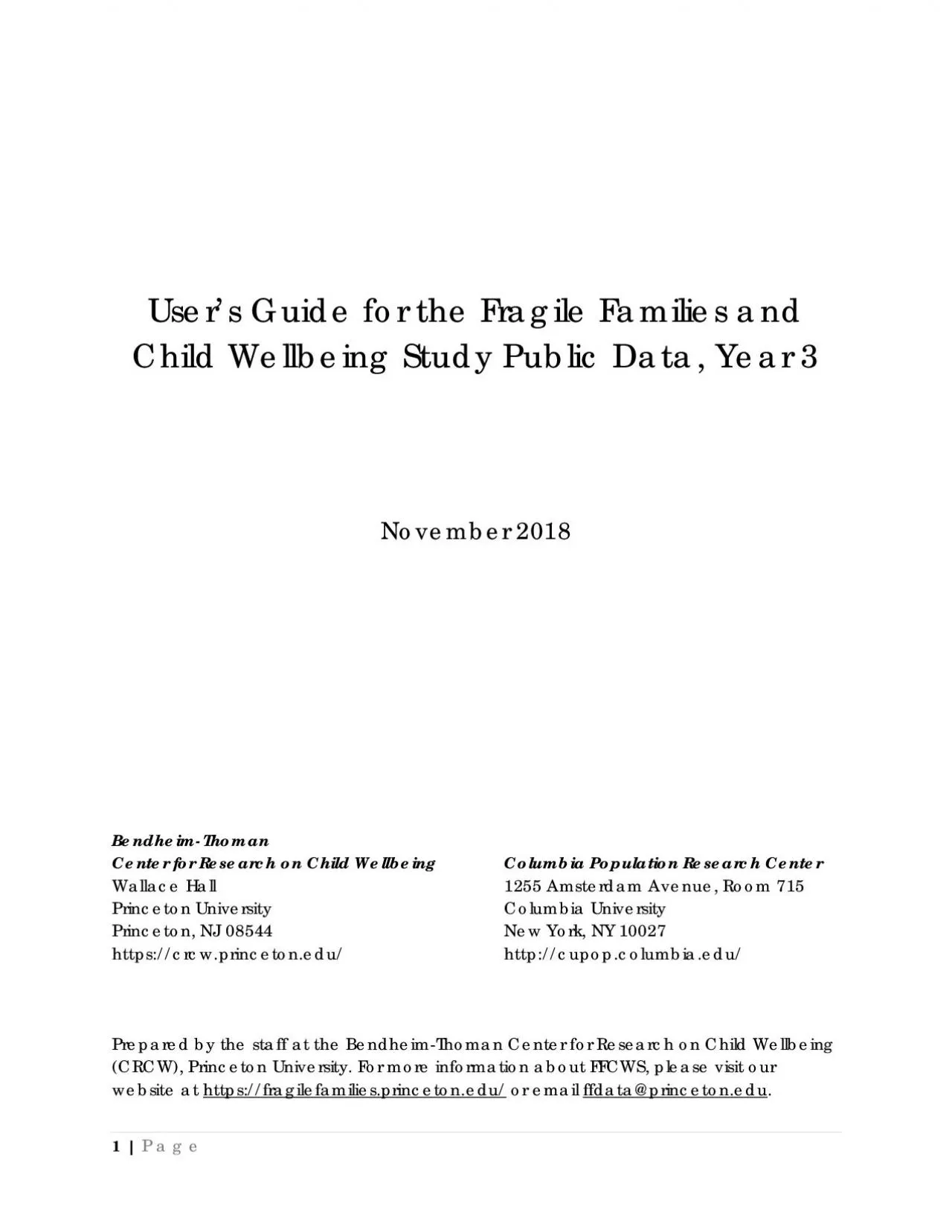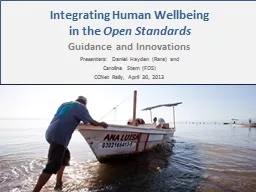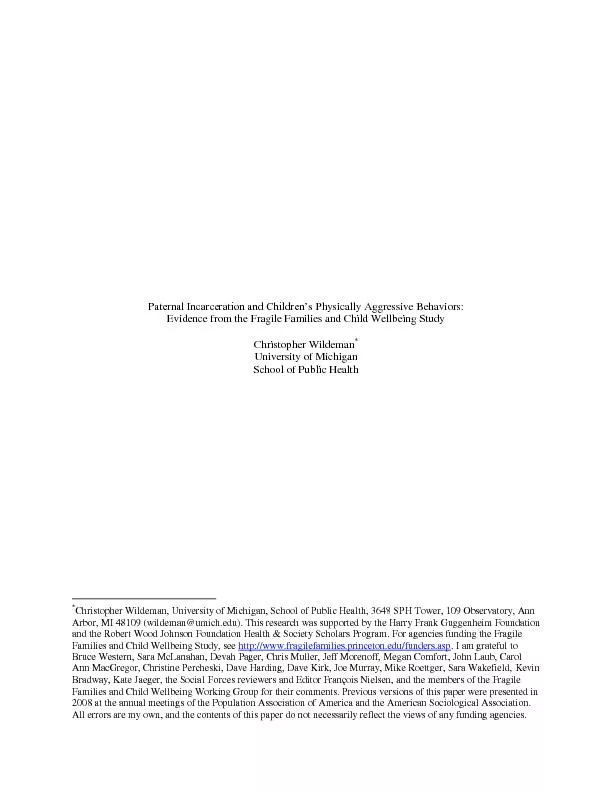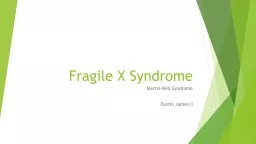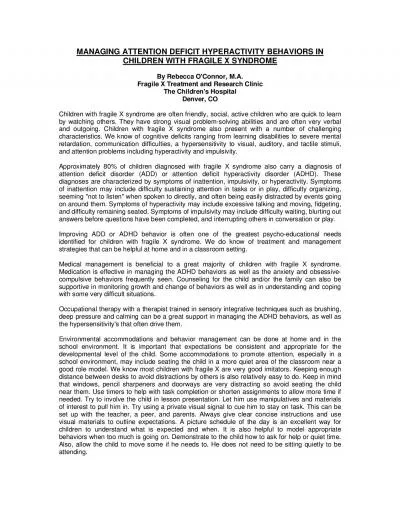PDF-User146s Guidefor the Fragile Families and Child Wellbeing StudyPublic
Author : samantha | Published Date : 2021-09-30
PagePageTable of ContentsStudy Overview01The Core StudyTable 1 Timeline of the FFCWS Core Study02Collaborative Studies03National Sample versus Full Sample04Data
Presentation Embed Code
Download Presentation
Download Presentation The PPT/PDF document "User146s Guidefor the Fragile Families a..." is the property of its rightful owner. Permission is granted to download and print the materials on this website for personal, non-commercial use only, and to display it on your personal computer provided you do not modify the materials and that you retain all copyright notices contained in the materials. By downloading content from our website, you accept the terms of this agreement.
User146s Guidefor the Fragile Families and Child Wellbeing StudyPublic: Transcript
Download Rules Of Document
"User146s Guidefor the Fragile Families and Child Wellbeing StudyPublic"The content belongs to its owner. You may download and print it for personal use, without modification, and keep all copyright notices. By downloading, you agree to these terms.
Related Documents

